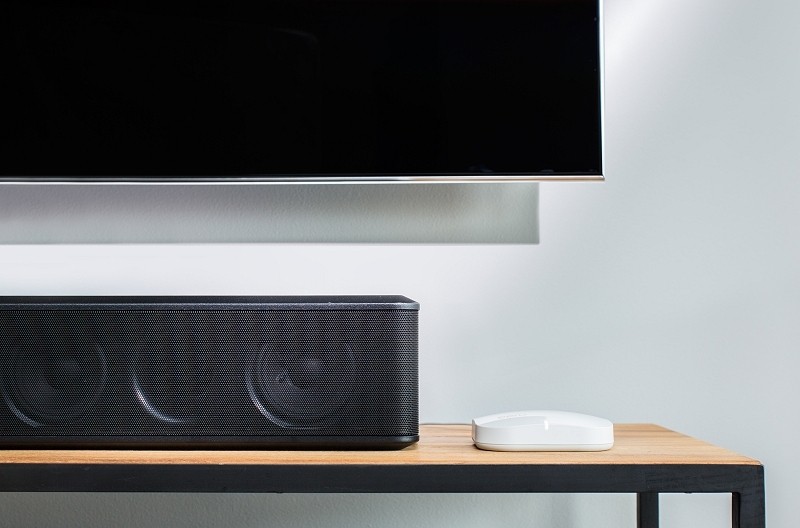Speed and range are often an issue when it comes to home Wi-Fi solutions, especially if you live in a large, multi-story home. Given the sheer number of devices that are connecting to wireless routers these days, it shouldn't come as a surprise that many struggle in the aforementioned categories.
The truth of the matter is that most routers simply weren't designed for situations like having multiple devices simultaneously streaming video from Netflix. That becomes even more apparent when you consider some router software hasn't been changed in nearly a decade.
That's where Eero comes in.

Eero is a small startup in San Francisco that claims its device will bring Wi-Fi into the modern age. The Ereo team is made up of Fred Bould (the guy behind the design of the Nest thermostat and smoke detector, the GoPro Hero3 and the latest Roku boxes) and a trio of Stanford graduates with solid networking backgrounds.
Former Apple executive and Palm CEO Jon Rubinstein also serves as an advisor.
Getting back to the point, Eero is a small networking device that combines the functionality of a router, a range extender and a repeater into a single package. Inside is a dual-core processor, 512MB or RAM, 1GB of flash memory and dual Wi-Fi radios that support 802.11 a/b/g/n/ac. A Bluetooth module allows users to easily connect to the device from their smartphone or tablet using a mobile app.

The setup process is as easy as can be but the real benefit of Eero is when you link multiple units together. The company says you'll need a unit for every 1,000 square feet to get the best possible performance.
Adding additional units to the network is seamless and managing it is even easier. A cloud component facilitates automatic software updates and can even send you a notification if your network goes down. Speed of course will be dictated by your ISP but Eero says it does everything possible to ensure you're getting the most out of your Internet connection.
Pricing is a bit high at $125 per unit (or three for $299) and that's just the introductory rate. But if the setup can indeed offer everything it promises, it might be worth it not to have to fool with range extenders and repeaters ever again.